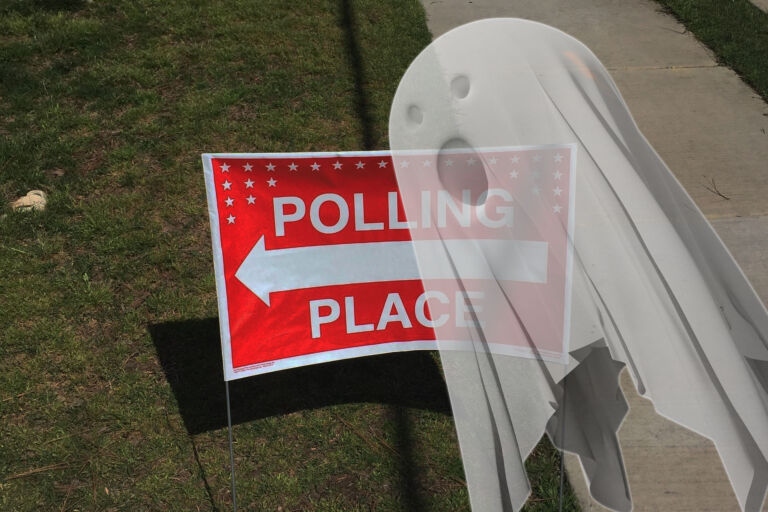That’s the conclusion of a paper called, “The effects of housing supply restrictions on partisan geography,” that appears in the September edition of Political Geography. It’s important to note that, according to the study, this is not a case of emerging Democratic majorities demanding stricter zoning regulations; it’s a case of stricter zoning restrictions driving out Republican voters and attracting Democrats. Here’s the Abstract (emphasis added):
Economists have scrutinized the effects of residential building restrictions on the cost of housing, growth, and migration in recent years. More strictly zoned states and metro areas have lost population to less strictly zoned areas in the United States, but have seen per capita incomes rise, because lower-income households are disproportionately likely to seek out locations with affordable housing. By changing the geographic distribution of population, housing supply restrictions should also affect political geography. This paper estimates those effects with a variety of methods and data. There are consistently sized, statistically significant effects at the state, county, and subcounty levels. Jurisdictions with greater housing supply restriction gradually and subsequently become more Democratic; there is no evidence that Democratic-moving areas subsequently become more regulated or costly. U.S. housing supply restrictions select for education. Areas with more costly housing see their college-educated share of the population rise, and the college-educated have become more Democratic than the non-college population.


